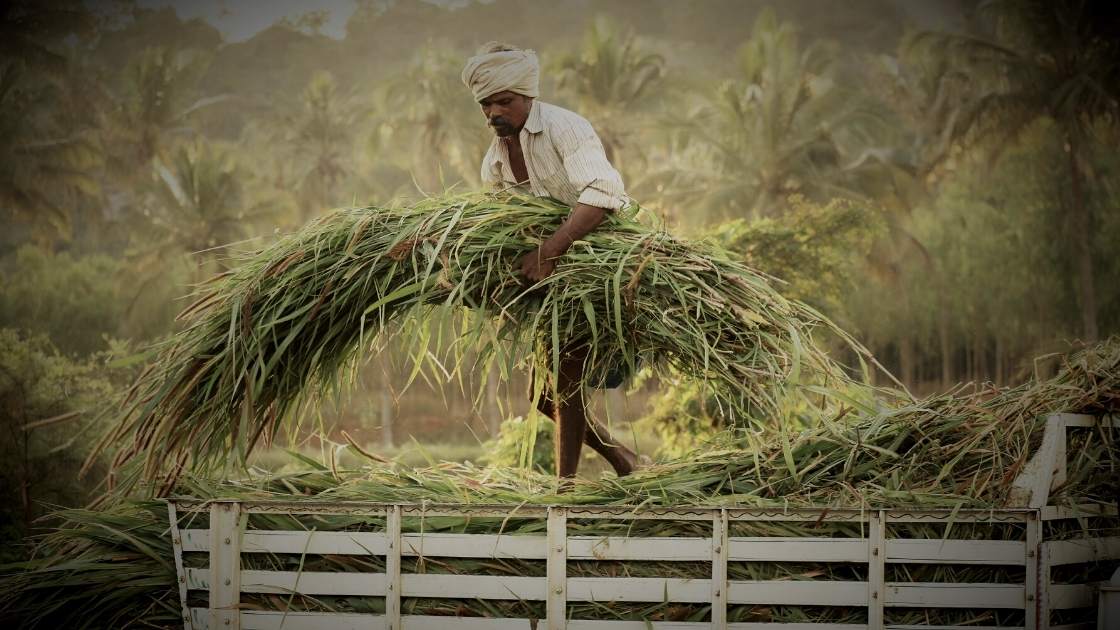According to the Centre for Monitoring Indian Economy (CMIE), government efforts to boost manufacturing through production-linked incentives or liquidity support to medium and small-scale enterprises have failed to stem the decline of manufacturing in India, as agriculture’s share of total employment continues to rise.
According to CMIE statistics from the consumer pyramid household survey, agriculture’s share of total employment increased from 35.3 percent in 2017-18 to 36.1 percent in 2018-19, and then to 38 percent in 2019-20.
Worse yet, reverse migration to agriculture is expected to continue in 2020-21, according to CPHS data. “Agriculture’s percentage of total employment climbed to 39.4% in the year from 38 percent in 2019-20, while manufacturing’s share declined dramatically from 9.4% to 7.3 percent,” it said, adding that construction employment has recovered. It boosted its share of total employment to 15.9% in 2020-21, up from 15.4% in 2018-19 and 13.5 percent in 2019-20.
While the CPHS trend is consistent with the government’s Periodic Labour Force Survey (PLFS), CMIE claims that the migration toward agriculture in the prior three years is more consistent with PLFS.
According to the latest PLFS report, agriculture employment climbed substantially from 42.5 percent of total employment in 2018-19 to 45.6 percent in 2019-20.
“While PLFS reported a 3.1 percent increase in agricultural labour, CPHS estimated only a 1.9 percent increase,” it said.
“There can’t be a voluntary change in labour favouring agriculture.” When non-agricultural companies can’t fill employment and employees are forced to relocate to agriculture, it’s an indication of labour market hardship,” it said in its weekly labour market review.
According to CMIE, the shift to agriculture is taking place despite the fact that the sector pays the lowest wages. “Labour would not knowingly transfer to this lowest-wage sector unless it had no other option,” he said, citing PLFS statistics that show daily wages for salaried positions are Rs 558, self-employed earnings are Rs 349, and agricultural casual labour earnings are Rs 291 per day.
Agriculture absorbed a large amount of jobs from the more unorganised construction and industrial industries, according to CMIE. Unorganized manufacturing occupations account for over 60% of all manufacturing jobs, and employees from this sector have relocated to agriculture in times of difficulty.

